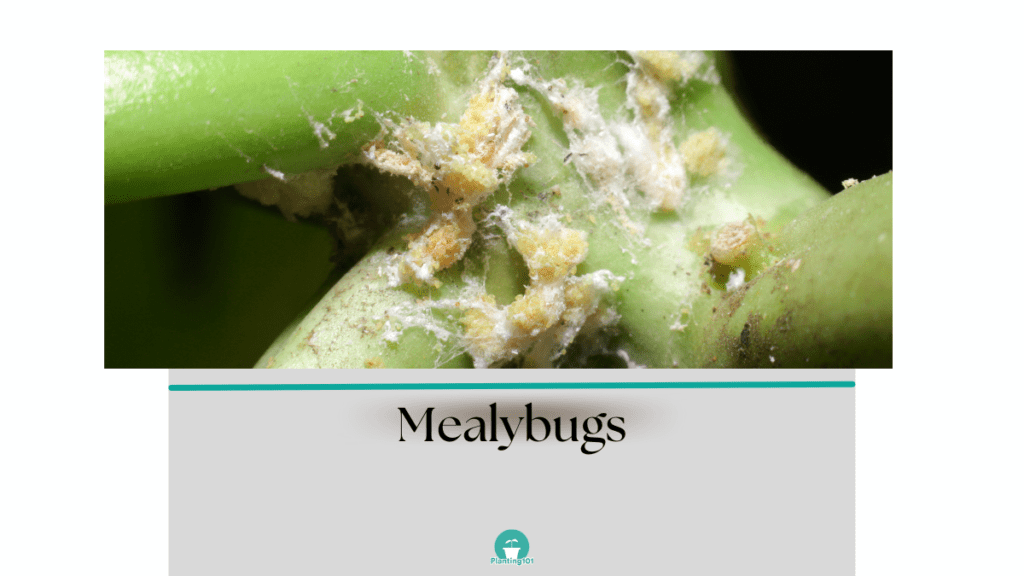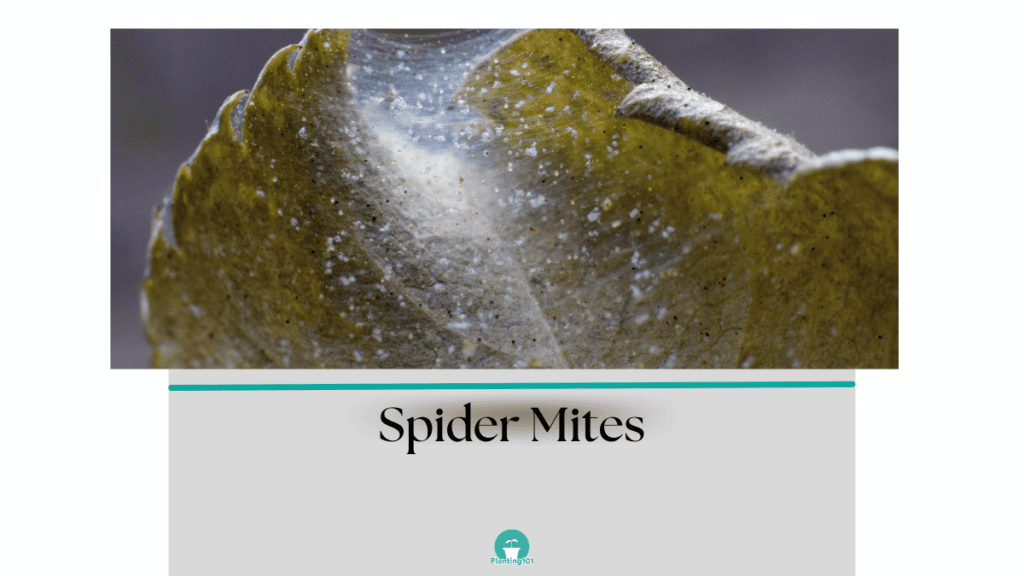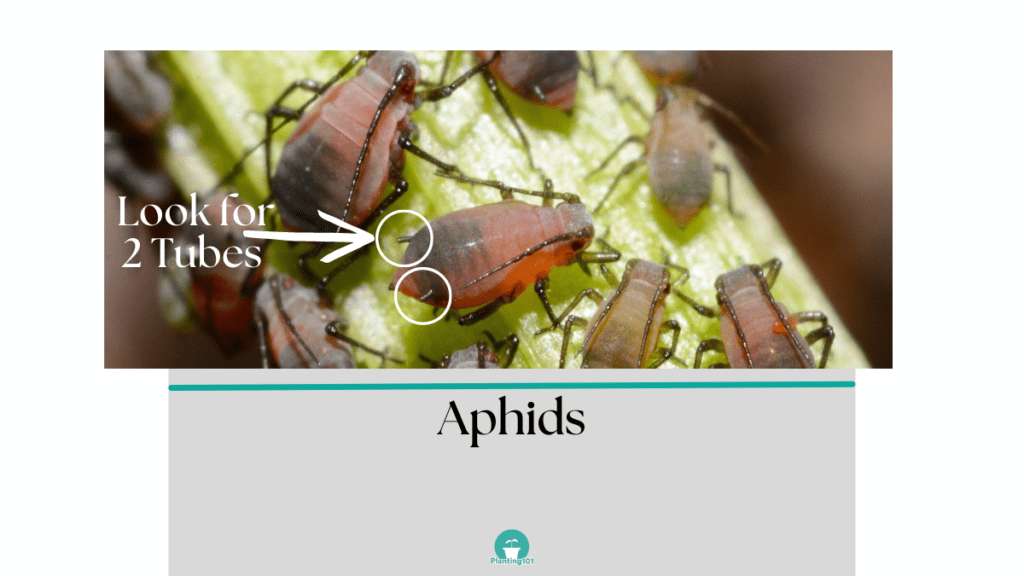Creeping Fig (Ficus Pumila) is a fast growing woody vine with beautiful heart-shaped leaves. It is a vigorous and hardy houseplant. When grown outdoors, your Creeping Fig can cover stone walls so don’t be surprised to find the vines of your Weeping Fig covering the pot’s surface and climbing down the sides of the pot. You should occasionally trim your Creeping Fig to keep its growth manageable.
Here are tips on how to care for your Creeping Fig.
Creeping Fig Infographic

Creeping Fig Basics
| Name | Creeping Fig |
| Scientific Name | Ficus Pumila |
| Light | Bright Filtered Light |
| Daytime Temperature | 70 to 80 F (21-26C) |
| Night Time Temperature | 60 to 70 F (15-21C) |
| Water | Medium Water |
| Humidity | Average Room Humidity |
| Potting | Well-draining, organic, all-purpose potting soil |
| Fertilizer | Once a month but not in the Winter |
Creeping Fig: Other Names
Creeping Fig is also called Climbing Fig, Creeping Ficus or Creeping Rubber Plant.
Creeping Fig: Size
Creeping Fig can grow quite large when planted outdoors. Your Creeping Fig can grow 8 to 15 feet long and 3 to 6 feet wide. However, it is much smaller as a houseplant.
Light
Creeping Fig: Sun or Shade?
Creeping Fig will thrive in bright filtered sunlight. Your Creeping Fig will be happy with filtered light from a South, West and East window. Filter the sunlight using sheer blinds or sheer curtains. Do protect your Creeping Fig from the intense afternoon sun.
Water
How Often Should You Water Your Creeping Fig?
Creeping Fig prefers soil that is not overly wet and not overly dry. It has moderate watering requirements. Your watering frequency will be highly dependent on the type of pot and how dry your home is. You should let the soil dry halfway before watering your Creeping Fig.
How Do You Know When to Water Your Creeping Fig?
Water your Creeping Fig when the soil feels dry. The best way to tell when it’s time to water is by sticking your finger into the soil 1 inch deep. If the soil feels dry, then it’s time to water your Creeping Fig.
The frequency of watering will be dependent on the type of pot you have your Creeping Fig in. Unglazed pots like terracotta are porous and will dry up more quickly than if you have your Creeping Fig planted in plastic, metal or glazed ceramic pots. These pots don’t breathe so will retain moisture much longer.
The environment will also affect how often you water your Creeping Fig. Hot summer days will require more watering (even if your Creeping Fig is indoors) while cold, winter days will require less watering.
What Type of Water Should You Use When Watering Your Creeping Fig?
Your Creeping Fig can take tap water but be mindful of the water temperature that you are using to water your Creeping Fig. Don’t use straight cold water from the tap to water your Creeping Fig.
Creeping Fig prefers cool water that is not hot and not cold. When you turn on the cold water from the faucet add a little bit of warm water. You can also get to this ideal temperature by filling a watering can or pitcher with water and leaving it out overnight until the water is at room temperature.
How Do You Make Sure There is Proper Drainage for Your Creeping Fig?
Your Creeping Fig needs proper drainage otherwise it might suffer from stem rot. To ensure proper drainage, make sure the pot has drainage holes at the bottom. After watering your plant, don’t let it sit in the puddle of water that has accumulated in the saucer. Empty out the water from the saucer.
Do You Need to Mist Your Creeping Fig?
You can mist your Creeping Fig occasionally since it is a houseplant that thrives in average humid conditions. Don’t place your Creeping Fig too close to the HVAC vent since that has a drying effect on the soil. If your indoor air starts to feel dry you can increase indoor humidity by running the humidifier.
Soil
What Type of Potting Mix is Best for Your Creeping Fig?
Your Creeping Fig needs a well-draining, organic potting mix. You can buy premixed potting soil with organic fertilizers and beneficial microbes and mycorrhizal fungi.
It’s best to buy organic soil mixtures because non-organic soil mixtures often contain a higher concentration of fertilizer which can burn the roots of your plant. Non-organic soil mixtures are not generally suitable for houseplants.
How Do You Know When To Repot Your Creeping Fig?
You will need to repot your Creeping Fig once it looks like it is outgrowing its current pot. Buy a larger pot, around 4 inches larger in diameter than the current pot. Make sure you buy a pot that has drainage holes at the bottom so water doesn’t accumulate and cause root rot and stem rot.
Fertilizer
Do You Need to Fertilize Your Creeping Fig?
Your Creeping Fig will benefit from a once a month application of fertilizer. Apply fertilizer when it’s actively growing. Don’t feed in the Winter months when it’s dormant and not growing.
What Fertilizer Should You Use for Your Creeping Fig?
Use organic fertilizers with a higher ratio of nitrogen content.
Propagation
How Do You Propagate Your Creeping Fig?
Your Creeping Fig is easy to propagate. Your Creeping Fig is easily propagated via stem cuttings. Pick a stem with a node (the place where a leaf was, this will grow into roots). Cut below the node. Place the stem cutting into a jar of water and wait for it to grow roots. The stem should not have more than 2 leaves, if there are more, simply cut off the extra leaves. You can also dip your stem cutting in root hormone and plant in moist sand.
I prefer to put it in a jar so you can see the roots grow. Not all stem cutting of Creeping Fig will grow roots, some will be duds. Once the roots grow, plant these stem cuttings into a new pot. Water after planting. Water every 2-3 days until the roots are established. Place your new Creeping Fig plant in a spot with bright indirect sunlight.
Common Problems of Creeping Fig Care
The most common problems that affect Creeping Fig are mealybugs, spider mites, scale and aphids.
Creeping Fig: Fluffy White Growths on Leaves and Stems
Problem: There are cotton-like fluffy white growths on the leaves and stems of your Creeping Fig.

Cause: These fluffy white growths in between the leaves and stems of your Creeping Fig are probably a result of mealybugs. These insects are common houseplant pests.
Solution: Once you know there is a mealybug infestation, immediately wash off the mealybugs from your Creeping Fig with water or soapy water. You can also spray it with rubbing alcohol, insecticidal soap or horticultural oil.
Check out our article on how to make your own homemade pesticides using baby shampoo: How to Make Horticultural Oil and How to Make Insecticidal Soap
Creeping Fig: Yellow and Brown Spots on Leaves and Spider-Web Like Webbing on Leaves
Problem: There are spider-like webbing covering the leaves and stems of your Creeping Fig. There are yellow and brown spots on the leaves of your Creeping Fig. Then eventually the entire leaf can turn yellow and fall off the plant.

Cause: These are telltale signs of a spider mite infestation.
Solution: To treat spider mites on your Creeping Fig, you can spray off the leaves with water from a garden hose. The force will cause the spider mites to wash off the leaves. You can also spray the leaves off with soapy water or rubbing alcohol. Another alternative is to spray your Creeping Fig with horticultural oils and insecticidal soaps, these are also effective ways to treat spider mites.
Check out our article on how to make your own homemade pesticides using baby shampoo: How to Make Horticultural Oil and How to Make Insecticidal Soap
Creeping Fig: Lots of Small Brown Bumps on Leaves
Problem: If you see little brown bumps all over the leaves and stems of your Creeping Fig, that can be a sign of scale. Try picking the bumps off, if it’s easily removed then that’s a telltale sign of scale. The little bumps can also come in gray, yellow or black.

Cause: Scale is common on houseplants and is caused by scale insects.
Solution: You can get rid of scale by picking them off one by one. Or the easier way is to spray your Creeping Fig with insecticidal soap or horticultural oil.
Creeping Fig: Lots of tiny green, grey and brown insects under the leaves
Problem: You see a lot of tiny green, gray and brown insects all over the underside of the leaves of your Creeping Fig. There are also sticky clear residues on the leaves and stems and tips of stems have curled up and look deformed.

Cause: Aphids could be the problem but you should make sure by taking a closer look at the insects. There should be 2 tubes on the back side of the insects. Use a magnifying glass to help you identify aphids.
Solution: Aphids are common in houseplants. You can get rid of aphids by washing the aphids off with water or soapy water. You can also use rubbing alcohol. Or spray your Creeping Fig plant with insecticidal soap and horticultural oil to get rid of the aphids.
You May Also Be Interested in Other Ficus: How to Take Care of Your Rubber Tree at Home (Infographic) and How to Take Care of Your Fiddle Leaf Fig (Infographic)

